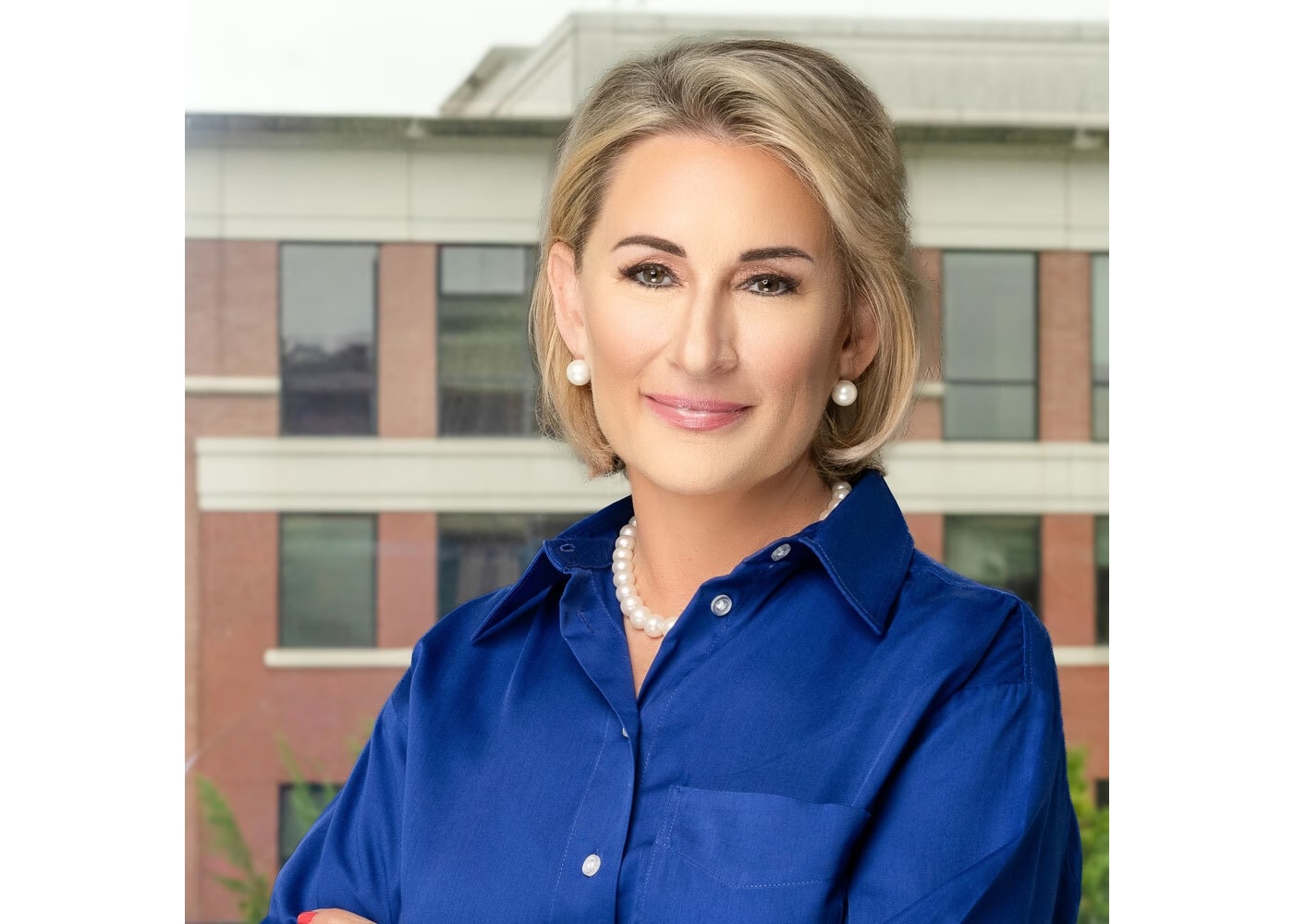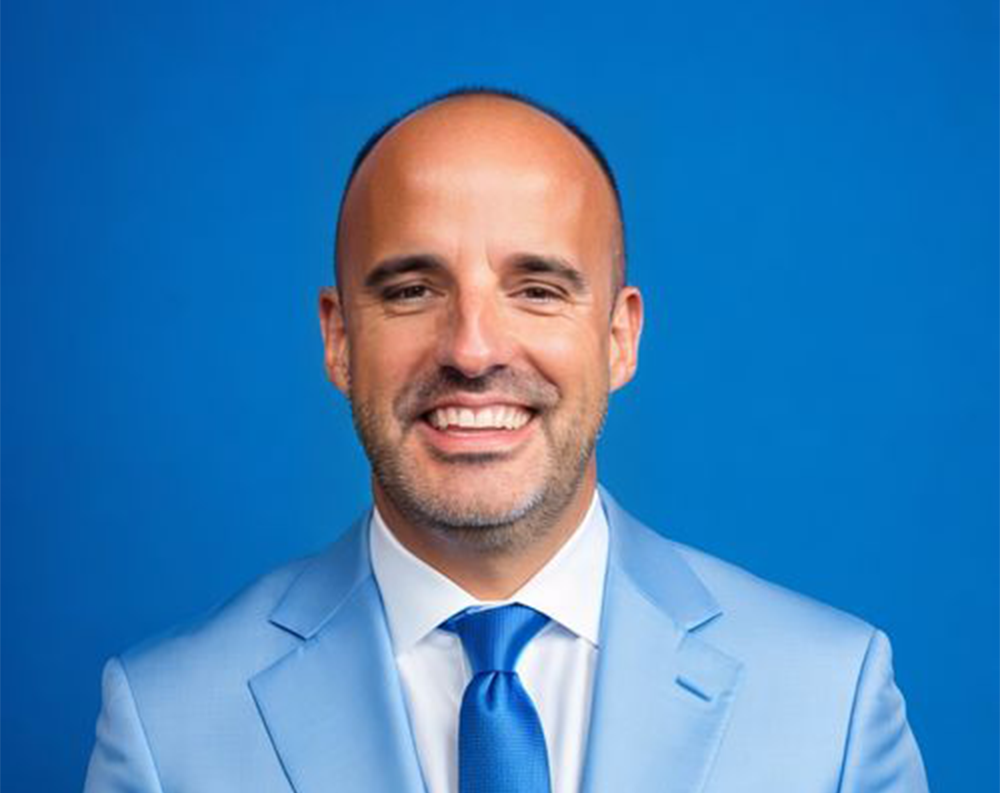Solving the Caregiving Gap
Available On Demand
America’s workforce is aging, and caregiving responsibilities are surging. HR professionals face a complex challenge: supporting employees who are caring for aging parents, children with special needs, and spouses with chronic illness. The demands are intense, and traditional approaches fall short — leaving both employees and organizations at risk.
Join this SHRM-hosted webinar to gain clarity on the realities of workplace caregiving and discover actionable strategies to address this urgent need. We’ll move beyond compliance to focus on practical, human-centered solutions that drive retention, engagement, and organizational resilience.
What You’ll Learn:
- Understanding Diverse Caregiving Needs: Explore the unique challenges of caring for a parent, child, or spouse — and why one-size-fits-all approaches are ineffective.
- The Hidden Impact on Employees: Uncover the emotional and financial toll caregiving takes, with insights from affected workers and emerging workplace trends.
- Innovative Employer Solutions: Discover what progressive organizations are doing to support long-term caregivers, from flexible work arrangements to resource networks and culture shifts.
Key Takeaways:
- A clear understanding of the caregiving gap and its impact on your workforce.
- Best practices for supporting employees with ongoing caregiving responsibilities.
- Actionable ideas to create a culture of empathy, flexibility, and resilience.
SHRM Knowledge Advisors will join the live webinar to answer your questions in real time—right in the chat. If we don’t get to your question during the session? No problem, SHRM members can head to SHRM Connect after this webinar to keep the conversation going with advisors for 30 extra minutes. This benefit is only for members who join the live webinar and not included later on demand.
Meet the Presenters

SHRM certification has approved this webinar for 1 PDC toward SHRM-CP or SHRM-SCP recertification. A program code will be provided at the end of the webinar.



